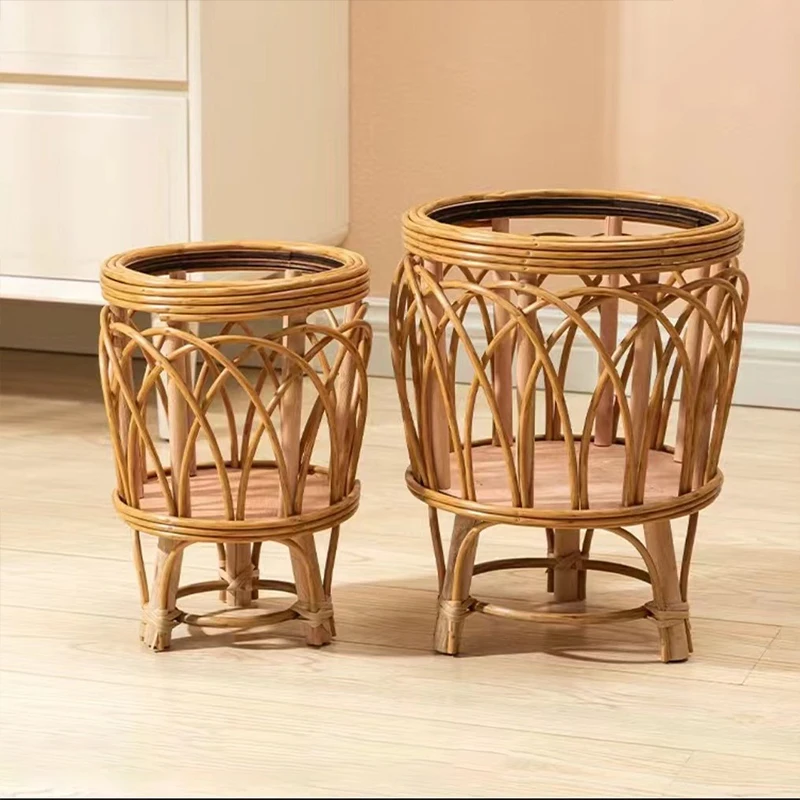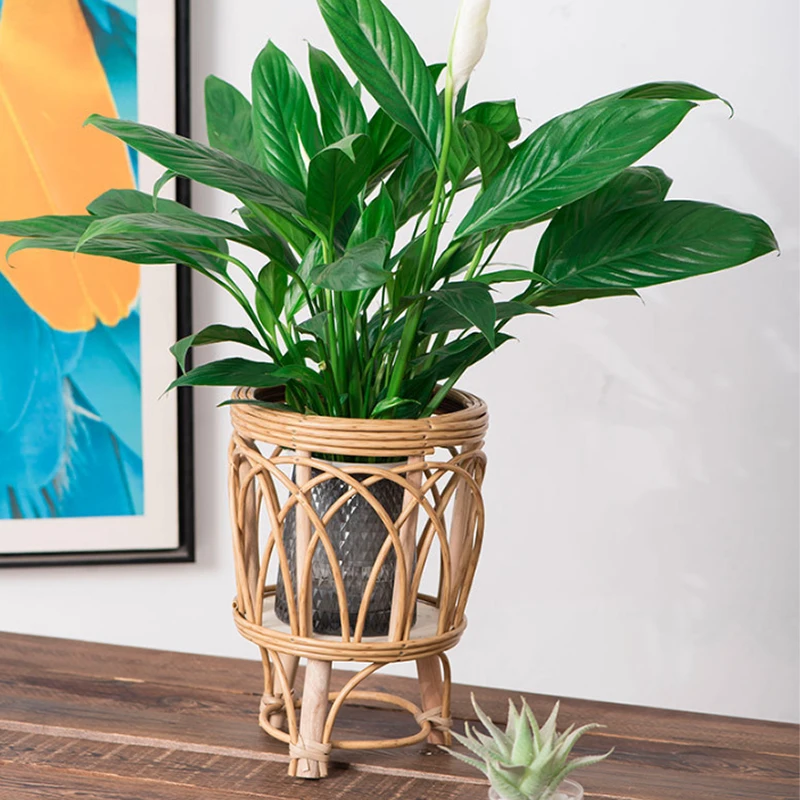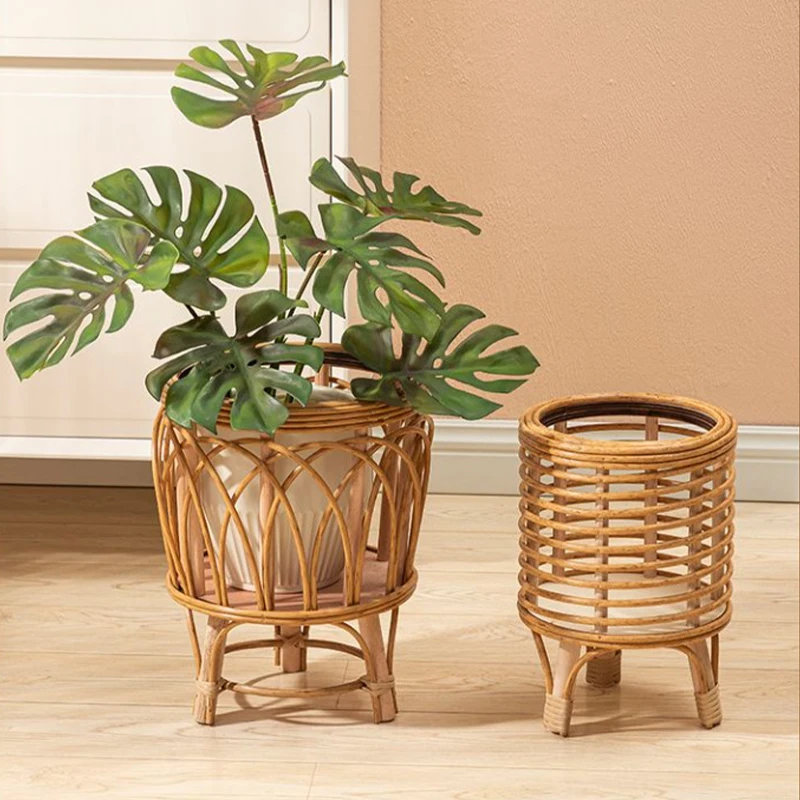Introduction to Ant Infestations in Flower Pots
Ants are common visitors in your home’s potted plants. These small insects look for food, water, and shelter. When they find these in your flower pots, they may decide to stay. Understanding ant behavior is crucial to managing these infestations effectively.
Ants in flower pots don’t just appear; they are attracted. The pots offer ideal conditions for ants to thrive. Recognizing these conditions can help in managing the problem. This section explores how ants infest flower pots and why they choose these specific environments.

Common Causes of Ant Presence in Potted Plants
Finding ants in flower pots is common and can be attributed to different factors.
Insects That Attract Ants
Ants are often drawn to potted plants by other insects. Insects such as aphids, soft scales, mealybugs, and whiteflies secrete honeydew. Honeydew is a sweet and sticky substance that ants love. These insects feed on your plants and leave behind honeydew which attracts ants. Ants will fiercely protect these honeydew-producers from predators. This ensures their supply of food. To solve the ant problem, you must first deal with these insects.
Conditions That Favor Ant Settlement
Pots provide ants with shelter, food, and water – all they need to thrive. Certain conditions in your flower pots make them more appealing. For example, using home remedies with sugar or honey might draw in ants. Fallen leaves on the potting soil also create hiding spots for ants. Overwatering your plants can leave excess moisture, which ants find inviting. Inspecting your pots for these issues is important in managing and preventing ant infestations.
Early Warning Signs of Ant Infestations in Pots
Spotting signs of ants in flower pots early can save your plants from harm. Be alert to the various indicators of an ant infestation. Here are key signs you should look out for:
- Visible Ant Trails: One of the most obvious signs is seeing lines of ants moving towards or from your potted plant.
- Ant Hills or Nests: Look for small mounds of soil or openings on the surface, which could mean ants are nesting below.
- Honeydew Presence: Ants are drawn to the honeydew left by other insects; noticing a sticky substance on your plants may signal an infestation.
- Plant Stress: If your plants are looking unusually wilted or stressed, ants might be to blame. They can disrupt the normal plant growth.
- Excessive Moisture: Overly damp soil can attract ants; make sure your potted plants are not sitting in standing water.
Act quickly if you notice these signs. Immediate attention to ant control can prevent more serious damage to your plants and keep your home ant-free.
Why Ant Control is Crucial for Plant Health
Ant control in flower pots is vital for plant health. Ants can cause several issues that affect plant growth. We will explore why effective ant management benefits plant health.
Ants Disrupt Nutrient Uptake
Ants around the roots can disrupt the normal uptake of nutrients. This can stunt plant growth and weakens the overall plant condition. Ensuring that ants are controlled helps plants absorb the needed nutrients from the soil.
Protection from Pests
While some ants can farm harmful pests like aphids for honeydew, controlling ants helps reduce these pest populations. This leads to healthier plants free from damaging insect infestations.
Reduces Plant Stress
Ant activities can stress plants, evident by wilted and drooping leaves. By controlling ants in flower pots, your plants can thrive in a stress-free environment aiding better growth and bloom.
Prevents Root Damage
Large ant colonies can disturb soil structure and harm delicate plant roots. Managing ant populations prevents extensive root damage, allowing plants to grow strong and healthy.
Ant control not only preserves the aesthetic value of your plants but also ensures they remain healthy and vibrant. It’s crucial to adopt measures that effectively manage and eliminate ants to promote plant health and vitality.

Step-by-Step Guide to Eliminate Ants in Pots
Discovering ants in your flower pots can be distressing. Fortunately, with some simple steps, you can remove them effectively. This guide will provide a straightforward approach to exterminating ants that have settled in your potted plants.
Preparing the Insecticidal Soap Solution
To tackle the ant problem, start making an insecticidal soap solution. You’ll need:
- Insecticidal soap (available at garden stores)
- Water
Mix one to two tablespoons of the soap with a quart of water. Stir well to blend the solution.
The Soaking Method to Exterminate Ants
Using the soap solution, apply the soaking method, described as follows:
- Choose a bucket or tub larger than your flower pot.
- Place the pot in the container.
- Pour the soap mixture into the tub until it covers the soil surface.
- Allow the plant to soak for 20 minutes.
- Remove the plant and let excess water drain away.
The soaking method will help drive the ants out of the pot. After treatment, observe the pot to ensure all ants have left. Repeat if necessary.
By following these steps, you can bid farewell to ants in your flower pots. Keep in mind, continuous prevention is crucial for keeping them away long-term.
Preventative Measures to Keep Ants Away
Preventing ants in flower pots requires ongoing care and vigilance. Here are a few proactive steps to keep your potted plants ant-free.
Proper Plant Care and Maintenance
Proper care of your plants is crucial in preventing ant infestations. Here are some key practices:
- Regular Inspection: Check your plants frequently for signs of ants or other pests.
- Control Moisture: Ensure that the soil is well-drained. Avoid overwatering as stagnant water attracts ants.
- Clean Surroundings: Remove fallen leaves and debris from the pot. These can provide shelter for ants.
- Healthy Soil: Maintain nutrient-rich soil to promote strong plants that can resist pests better.
Adhering to these care practices will help maintain your flower pots free from ants and other pests.
Home Remedies to Discourage Ants
In addition to proper plant care, certain home remedies can discourage ants:
- Cinnamon: Sprinkle cinnamon around the pot. Ants dislike its scent.
- Peppermint Oil: Apply a few drops of peppermint oil around the pot’s edges.
- Coffee Grounds: Spread used coffee grounds around the plant’s base to repel ants.
These remedies, along with consistent plant care, can help keep your pots ant-free.

Conclusion and Additional Gardening Tips
In conclusion, managing ants in flower pots is crucial for the health and appearance of your plants. Diligent care, spotting early warning signs, and applying effective ant control measures are all important steps in tackling this common gardening problem. To keep your potted plants thriving and ant-free, remember the following gardening tips:
- Inspect Regularly: Always keep an eye on your plants for early signs of ants or other pests.
- Maintain Plant Health: Healthy plants are less likely to attract ants, so ensure they receive proper nutrients and water.
- Insecticidal Soaps: Utilize insecticidal soaps for immediate ant issues, following the soaking method described earlier.
- Natural Repellents: Use natural repellents like cinnamon, peppermint oil, and coffee grounds to keep the ants at bay.
- Be Proactive: Don’t wait for ants to appear. Take preventative steps to discourage them from settling in your pots.
Regularly adhering to these practices makes it harder for ants to make your flower pots their home. If you combine these steps with proper plant maintenance, you’ll create an environment that is less inviting for ants, which benefits the overall well-being of your potted greens. Happy gardening!
